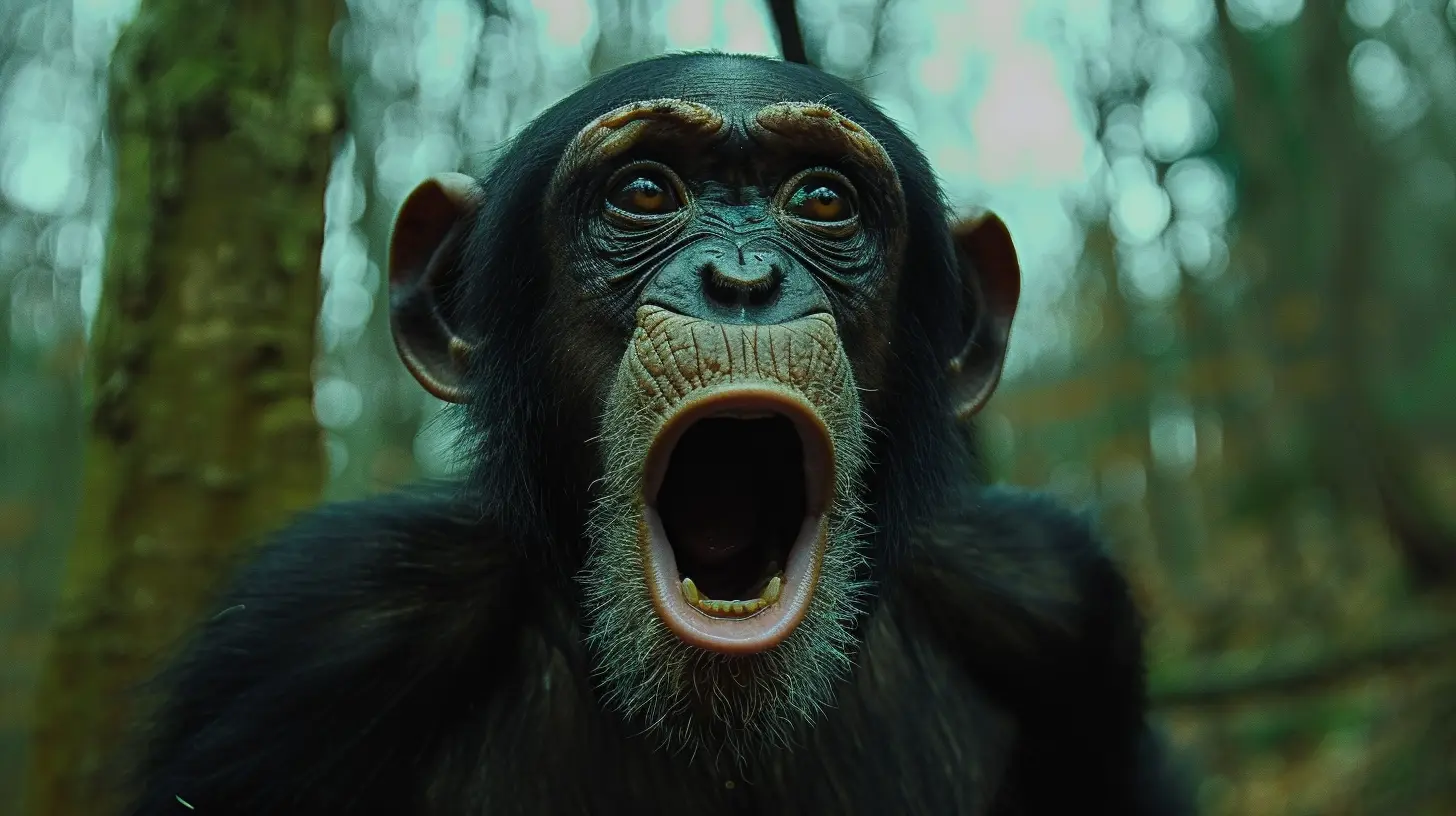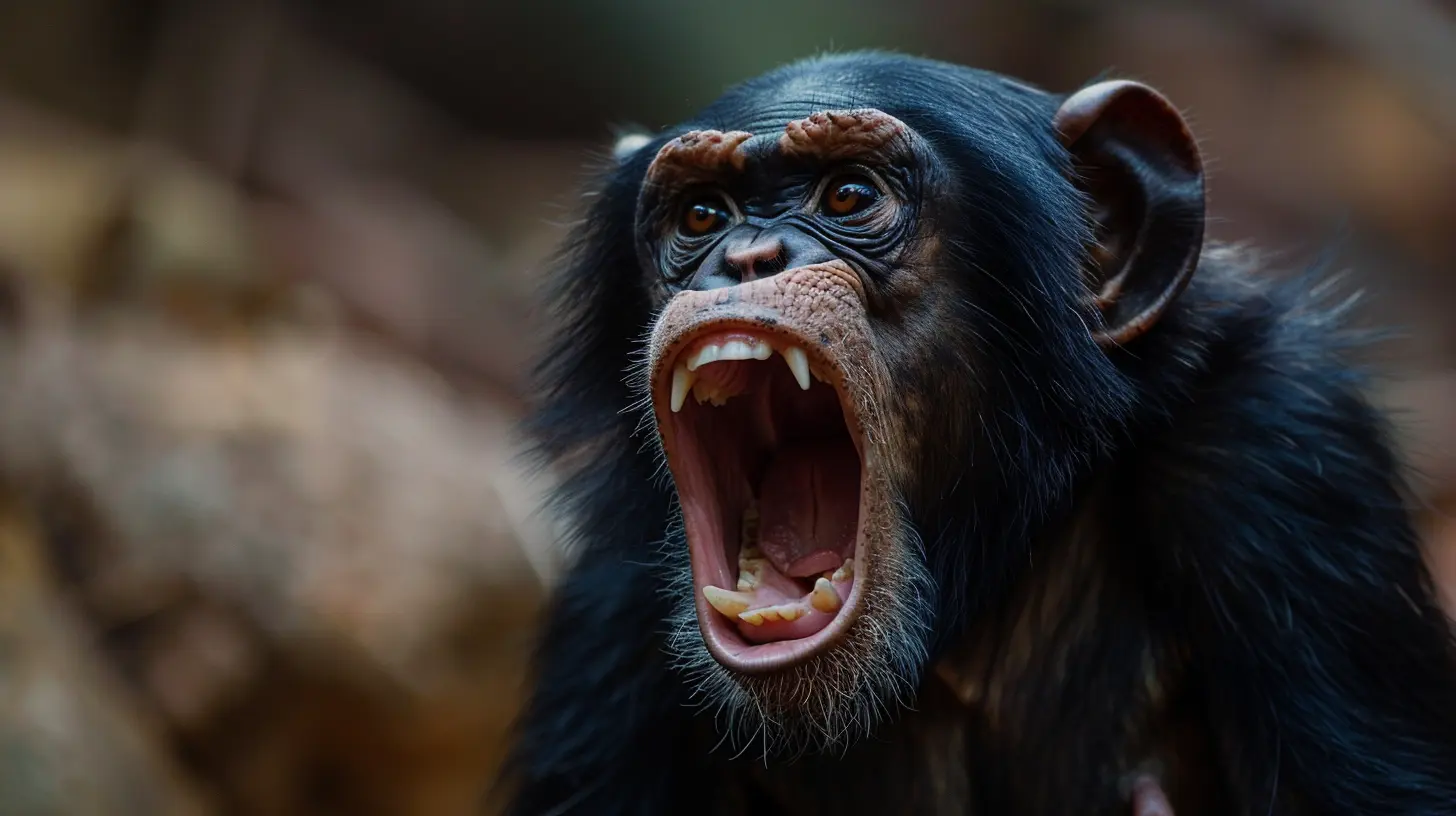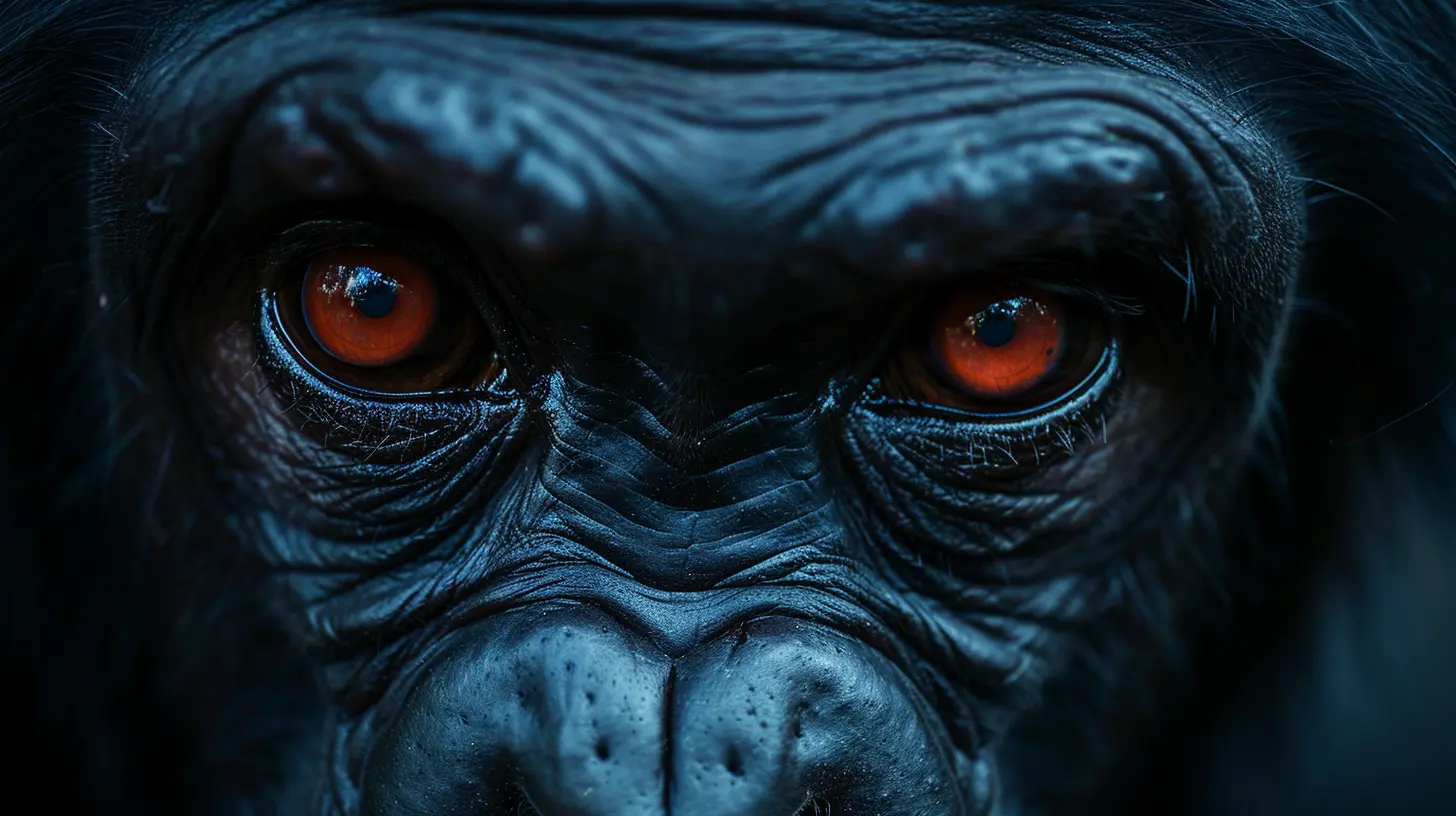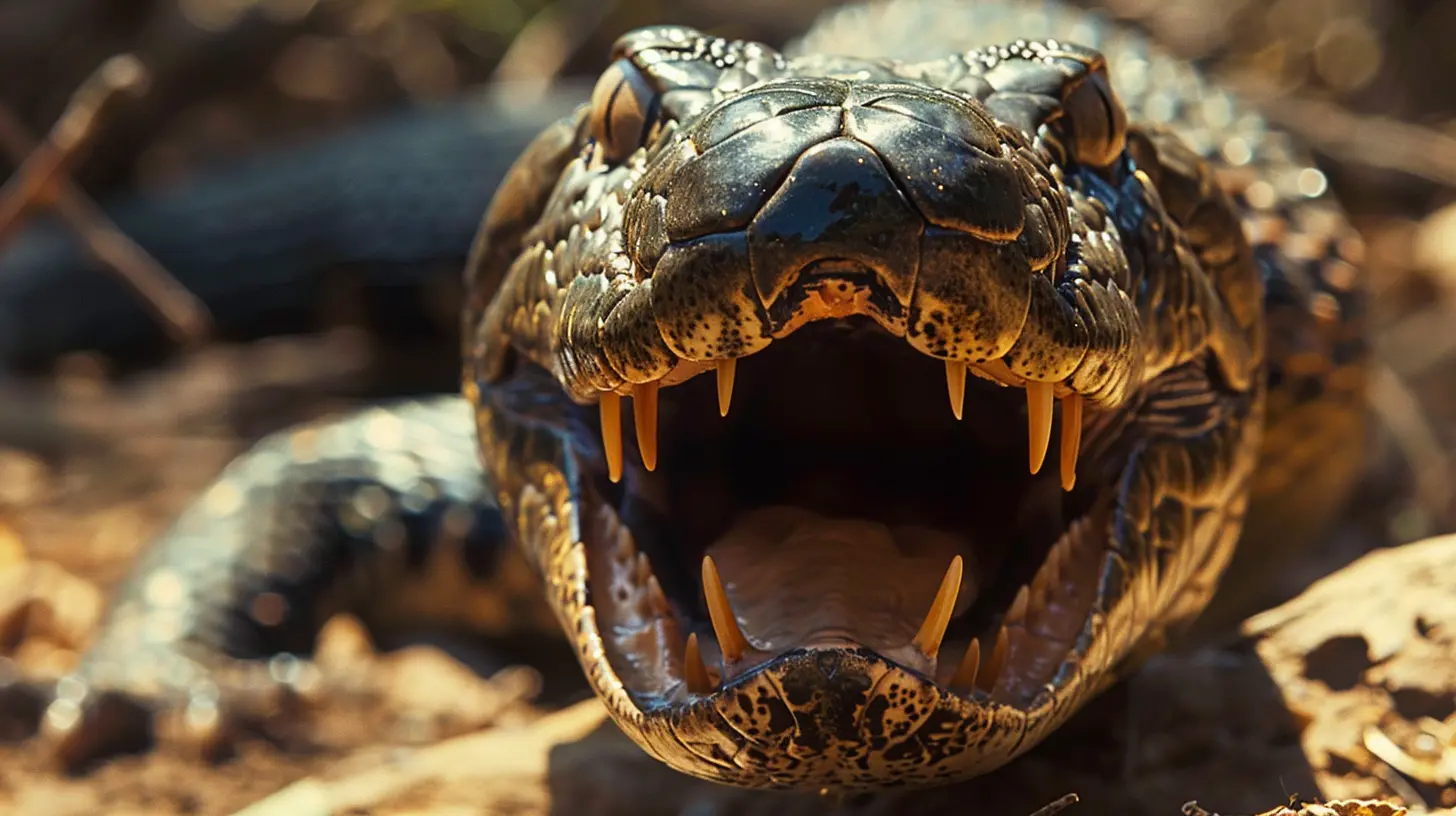Can Animals Have Phobias? Exploring Fear in the Animal Kingdom
17 August 2025
When we think of phobias, we often picture humans with a fear of spiders, heights, or even clowns. But what about animals? Can animals have phobias too? Surprisingly, the world of animal psychology has revealed some fascinating insights into the emotional lives of non-human creatures. So, let’s dive into the intriguing question: Can animals have phobias? And while we're at it, it'll be fun to explore fear in the animal kingdom and whether animals experience it in the same way we do.

Defining Phobias: What Do We Mean?
Before we get into whether animals can have phobias, it's important to understand what we’re talking about. A phobia is more than just being scared. It’s an intense, irrational fear of something that might not actually be dangerous. For humans, it could be something as harmless as a balloon or a small dog. Phobias can be so debilitating that they interfere with daily life.But what about animals? Can they experience irrational fears, or are their reactions always linked to survival?
Fear vs. Phobia – What’s the Difference?
Fear is a natural response to danger. It's a basic survival mechanism that has kept animals—humans included—alive for millions of years. Phobias, however, take fear to another level. An animal facing a real threat, like a predator, will naturally feel fear and react accordingly. But a phobia? That’s when the fear is blown out of proportion, and the object of fear doesn’t necessarily pose a real threat.So, do animals experience these extreme, irrational fears we call phobias? Let’s take a closer look.

Do Animals Experience Fear?
Absolutely, animals experience fear. In fact, fear is one of the most common emotions across the animal kingdom. Whether it's a gazelle running from a lion or a bird startled by a loud noise, fear is a crucial survival tool.In the wild, fear helps animals avoid danger. A zebra that’s too fearless around a lion isn’t going to last long. Fear triggers a fight-or-flight response, giving animals the boost they need to either outrun or outsmart a predator. Without fear, many species would have been wiped out long ago.
The Science of Fear in Animals
In humans, fear is controlled by a part of the brain called the amygdala. Guess what? Animals have amygdalas too! Studies have shown that many animals, from mice to monkeys, have similar brain structures involved in processing fear. These findings suggest that animals experience fear in much the same way we do.But again, fear is different from a phobia. Fear is rational—it’s about protecting yourself from harm. Phobias, on the other hand, are irrational. So, do animals have phobias?

Can Animals Develop Phobias?
The short answer is: Yes, animals can develop phobias. However, it’s a bit more complicated than it is with humans.Phobias in Pets
You might have noticed that your dog runs for cover during thunderstorms or that your cat refuses to go near the vacuum cleaner. These are pretty common fears in pets, and while they may seem irrational to us, they stem from real experiences or associations. For instance, some dogs might have been startled by a loud thunderclap when they were puppies, and now they associate storms with danger.In some cases, these fears can turn into full-blown phobias. A dog with a phobia of thunderstorms may start trembling, panting, or hiding even before the storm hits, just from sensing the change in atmospheric pressure. Similarly, a cat with a phobia of the vacuum may react with extreme distress even when it’s turned off but in sight.
Learned Phobias vs. Instinctual Fears
Most animal phobias are learned fears. For example, a dog that was once hit by a car may develop a phobia of crossing the street. This kind of fear is usually based on a past traumatic experience.In contrast, instinctual fears are hardwired into an animal’s DNA. These are fears that help animals survive, like a rabbit’s fear of foxes. While instinctual fears are rational, learned phobias can be irrational—just like in humans.
Phobias in Wild Animals
It’s harder to study phobias in wild animals, but there’s evidence that they can develop irrational fears too. For instance, some animals in captivity, like zoo animals, have been known to develop phobias. Elephants, for example, can develop a fear of certain noises or confined spaces due to traumatic experiences.In the wild, certain animals may avoid areas where they’ve previously experienced danger—even if the threat is no longer present. This avoidance behavior can sometimes resemble a phobia, though it’s hard to say for sure what’s going on in an animal’s mind.

Case Studies: Animal Phobias in Action
Let’s look at some specific examples of animals with phobias to better understand how fear manifests in the animal kingdom.Dogs and Fireworks: A Classic Example
One of the most common phobias in dogs is a fear of fireworks. Many dogs become extremely anxious during fireworks displays, shaking, drooling, pacing, or even trying to run away. This is thought to be due to the loud noises and unpredictable nature of fireworks, which can trigger a fear response. For some dogs, this fear escalates into a phobia, where they react even to smaller or less intense sounds.Elephants and Mice: Myth or Reality?
You’ve probably heard the old saying that elephants are afraid of mice. While this seems like a funny cartoon trope, there may be some truth to it. Elephants are highly intelligent and sensitive animals, and it’s possible that a sudden, small creature darting near their feet could startle them. However, this would likely be more of a learned reaction or a startle response rather than a full-blown phobia.Birds and Predatory Shadows
Some birds have been observed developing a fear of shadows that resemble predators. For instance, a bird that has survived an attack by a hawk might start reacting in fear to any large, moving shadow, even if it's from a car or a cloud. This kind of reaction can persist even in situations where there’s no actual threat, which could be seen as an irrational fear or phobia.The Role of Trauma in Animal Phobias
Just like humans, animals can develop phobias after traumatic experiences. A dog that’s been attacked by another dog may develop a phobia of other dogs, even if they’re friendly. Similarly, an animal that’s been injured in a certain area might avoid that place out of fear—even if it’s now perfectly safe.PTSD in Animals
Interestingly, some animals can even develop Post-Traumatic Stress Disorder (PTSD), which is often linked to phobias. Military dogs, for example, have been known to develop PTSD after experiencing combat situations. These dogs may show signs of extreme anxiety, avoidance behaviors, and irrational fears long after the traumatic event has passed. In some cases, these fears can resemble phobias.
Can Phobias Be Treated in Animals?
Just like humans, animals can undergo behavior therapy to help manage their phobias. Desensitization and counter-conditioning are two common techniques used by animal behaviorists.- Desensitization involves gradually exposing the animal to the object of their fear in a controlled way, helping them become less sensitive to it over time.
- Counter-conditioning involves pairing the fear-inducing object with something positive, like treats or playtime, so the animal starts to associate the object with something good rather than something scary.
These techniques can be highly effective, though they require time and patience.
Can Animals Overcome Their Fears?
Many animals can and do overcome their fears, especially with the help of patient training and positive reinforcement. However, some phobias may persist throughout an animal's life, just like with humans.In the wild, overcoming phobias is less common simply because survival is the number one priority. An animal that has learned to fear something may avoid it forever, even if the fear is irrational, simply because it's safer that way.
Conclusion: Animals and Phobias – More Alike Than We Thought
So, can animals have phobias? The evidence suggests that they can—especially when it comes to learned fears based on traumatic experiences. While animals may not experience phobias in exactly the same way humans do, their emotional lives are far more complex than we might have once thought.From dogs hiding from fireworks to elephants avoiding certain sounds, the animal kingdom is full of creatures that experience fear in both rational and irrational ways. And while we may never fully understand what goes on in an animal’s mind, one thing is clear: fear, whether rational or irrational, plays a vital role in survival for all species—humans included.
all images in this post were generated using AI tools
Category:
PhobiasAuthor:

Matilda Whitley
Discussion
rate this article
1 comments
Hudson Malone
This article offers valuable insights into animal behavior, highlighting how phobias can manifest in various species. Understanding these fears enhances our empathy towards animals and underscores the importance of compassionate care in their environments. Great read!
August 26, 2025 at 3:45 AM

Matilda Whitley
Thank you for your thoughtful comment! I'm glad you found the insights valuable and that the article resonates with the importance of compassionate care for animals.


